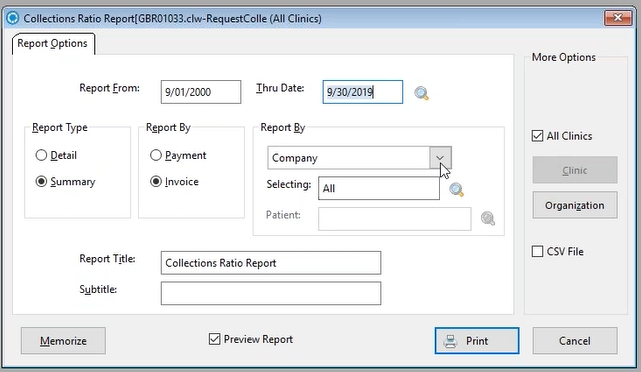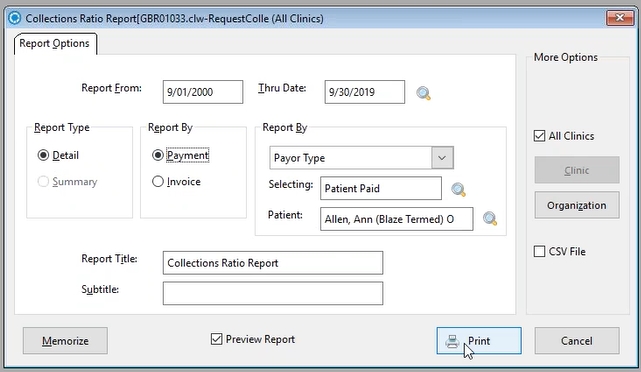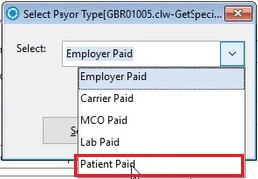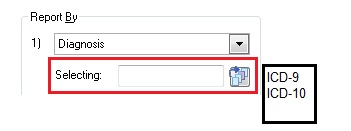Collections Ratios Report
If you haven't already done so, please read the Financial Reports Overview and Reports Overview before continuing this topic!
Summary
The Collections Ratios report is a management report whose purpose is to analyze the collection effectiveness of the organization. It directly analyzes the A/R files to determine percentage of invoices that have been collected, for invoices generated during a particular time period. Generally, this report will not be very meaningful, unless sufficient time has passed to allow for the normal time lag in cash collections. For example, if the average time required to collect is 60 days, then the report will be meaningful only when run for invoices that are more than 60 days old. A common way to run this report is at the end of each quarter, for the previous (not the most recent) quarter.
Relationship to other reports
This report is not intended to account for all cash collected during a time frame. That information can be obtained by running the Revenue Analysis report, selecting for Cash instead of Billings.

How to Run This Report
-
On the REPORTS tab click Collections Ratios.
-
Enter the Report From and Thru Date, or click the calendar icon
 and select a date range.
and select a date range. -
Select the Report Type.
-
Click the radio button to report by Payment or Invoice.
-
Select the Report By option.
-
Select any of the standard report options, if needed (Company, ASCII file, Graph, etc.).
-
Click Print to run the report.
How to Run This Report for Individual Patients

- Select the "Report By" as payer Type
- Using the "Selecting:" dropdown, choose Patient Paid
-

- Select your patient for a single person report or select no specific patient for a full report of all patients within the time chosen time period.
- Process the report and/or the CSV file.
ICD CODING
This report will print an ICD-9 code or an ICD-10 code, depending upon what is contained in the Visit record, Incident record, etc. If the record contains both an ICD-9 code and an ICD-10 code, the system will filter the report using the version that matches the one selected on the ICD Version System Parameter record which indicates what will take precedence for all reports.
On the report selection window, under the Diagnosis as a Report By item, when the user selects the file icon (on the Selection line) the user will be presented with the choices of ICD-9 or ICD-10. Once the user selects the ICD version, the appropriate window will be displayed and the user will be able to search/select for the ICD code to run the report.

The text box for entry of a diagnosis code will be unavailable and the user may not enter a diagnosis code. They may only search for a diagnosis code.
If the record contains both an ICD-9 code and an ICD-10 code, the system will report on the ICD code from the Billing Record, regardless what is indicated from the ICD Version System Parameter record.
The ICD Version System Parameter is used for ICD code sorting only. When producing a report, if both ICD-9 and ICD-10 codes are to display on the report and the user is ordering by Diagnosis Code, the system will report using the version that matches the one selected on the ICD Version System Parameter record to decide which version to list first.